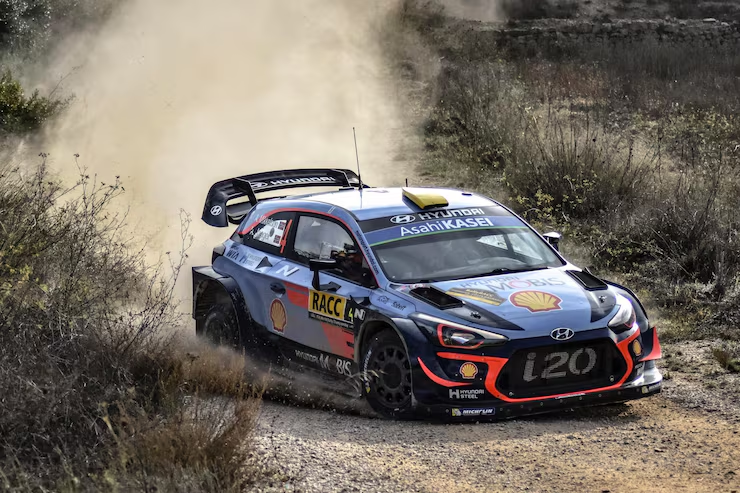Rallying isn’t just about speed and excitement – it’s also a testing ground for vehicle safety features that later make their way into consumer cars. Rally events expose cars to extreme conditions that push the limits of vehicle durability and safety. During rallies, cars face high-impact crashes, intense vibrations, and sudden maneuvers, all of which are used to test and improve car safety technologies.
The development of safety features such as roll cages, fire suppression systems, and advanced seatbelts were all pioneered in rally racing, where the stakes are high and the potential for accidents is significant. The tough conditions faced in rally racing have led to the creation of stronger vehicle structures, better crash protection, and innovative driver protection gear such as Hans devices and fireproof racing suits. These safety innovations have since been incorporated into everyday vehicles, significantly enhancing their safety for regular drivers. This blog can highlight some of the most important car safety features that have been perfected in the world of rallying and how they’ve impacted modern vehicles.
One of the most iconic safety features that originated in rallying is the roll cage. In rally races, vehicles are subject to extreme impacts, sharp turns, and sometimes, rollovers. A roll cage is a robust framework made of high-strength steel or alloy that is integrated into the car’s interior to protect the driver and co-driver in the event of a rollover or severe impact.
How It Works in Rallying:
In a rally, cars face challenging terrain, including jumps, rough roads, and high-speed cornering, all of which increase the risk of rollovers. The roll cage is designed to absorb the impact of a crash and distribute the forces across the car’s frame, reducing the risk of injury to the occupants.
Impact on Consumer Vehicles:
The roll cage concept was refined in rally racing and later adapted for use in production vehicles in a less extreme form. While everyday cars don’t have full roll cages, reinforced passenger cell structures and crumple zones (areas designed to absorb impact energy) are designed using similar principles to improve occupant protection in case of accidents. In fact, the anti-intrusion bars in modern cars are a direct result of rallying’s focus on vehicle safety.

In rallying, the constant motion, high G-forces, and the risk of sudden collisions make proper driver restraint systems a top priority. Early rally cars were equipped with basic seatbelts, but over time, rally safety standards have evolved to include multi-point harnesses and advanced seatbelt technology to keep drivers secure in their seats, regardless of the terrain or the forces they face.
How It Works in Rallying:
Rally drivers wear six-point harnesses, which securely hold them in place during high-speed maneuvers. These harnesses, when properly worn, reduce the risk of serious injuries in a crash by evenly distributing the forces across the body. Additionally, racing seats are designed to work in tandem with these harnesses, offering greater side impact protection and minimizing head and neck movement.
Impact on Consumer Vehicles:
The lessons learned in rallying have been instrumental in developing improved seatbelts for regular cars. The multi-point harness has made its way into higher-performance consumer vehicles, such as sports cars, and even influenced seatbelt pretensioners in modern cars, which automatically tighten the seatbelt in the event of a crash. Additionally, side-impact airbags and whiplash protection systems have been influenced by rally safety technologies that protect the body during high-speed collisions.
